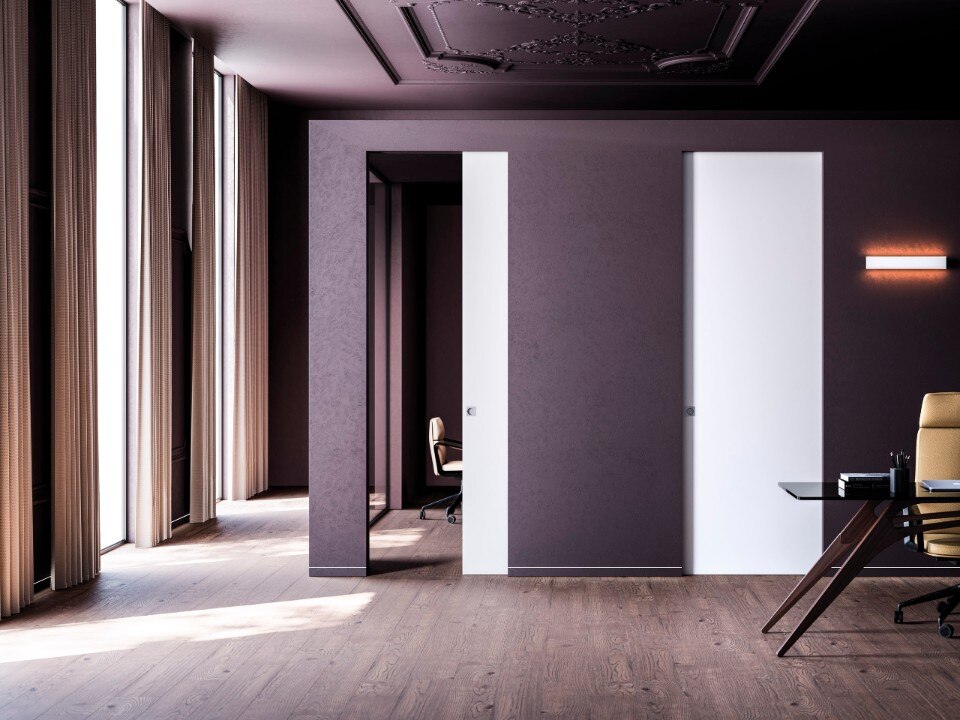For the project, Formafantasma's Andrea Trimarchi and Simone Farresin utilized leather left over from the Fendi manufacturing processes at the foundation of the collection and drew on the brand's in-house craftsmen for certain phases of production. In addition to this, the designers selected a range of leathers obtained form fish skins discarded by the food industry, vegetal processed leather using natural substances from tree bark, cork leather extracted from cork trees, and a series of animal bladders investigated for their abilities to hold liquids. The leathers have been paired with marble, oxidized metal, glass, wood and other unprocessed natural materials such as bones, shells and a sponge cultivated in a sea-farm as a substitute for industrial foam.








A new world of Italian style
The result of an international joint venture, Nexion combines the values of Made in Italy with those of Indian manufacturing. A partnership from which the Lithic collection of ceramic surfaces was born.










